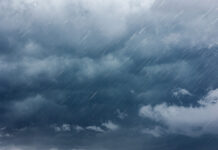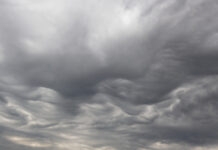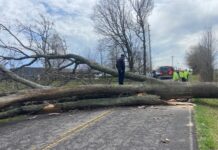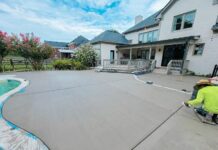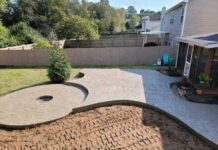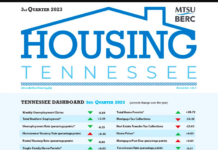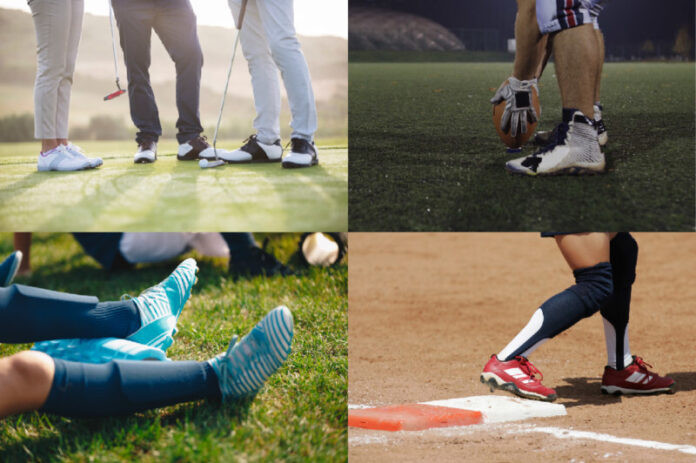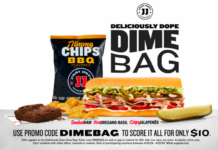Every athlete wants to have the best gear for their game and cleats are no exception, most sports won’t let you play without them! With tons of brands, styles, and sports to choose from, things can get confusing, especially since not all cleats are made the same. Each sport has its own style cleat and choices can vary depending on playing surface, position, stability, and athletic level.
When looking for the perfect cleat, be sure to check with your local league or school district for cleat requirements. Most youth and amateur team sports leagues prohibit metal cleats due to safety reasons, but some high school, college, and professional leagues allow them.
Soccer Cleats
Soccer cleats vary from ankle height and outsole type (Typically made of rubber, the outsole is the bottom of the shoe. The outsole provides traction and contributes to how soft or firm the shoe “rides” as well as its torsional rigidity and flexibility). Ankle height typically depends on the player’s field position and the outsole depends on the field terrain. Get the best cleats for your position before going out on the pitch (field)!
Ankle Height
Soccer cleats have mid- and low-profile styles and have different purposes.
Mid-top reduces the chances of an ankle sprain due to bonus protection but can limit the range of motion. Low-top cleats allow for a full range of motion assisting in speed and agility. Low-top cleats can benefit offensive players, while the extra protection of mid-top cleats can benefit players who are in defending positions.
Outsole
Most soccer shoe outsoles are classified as molded cleats, meaning they are permanently attached. More advanced players may choose another type of outsoles called detachable cleats. Detachable cleats act as almost a second pair of cleats by switching out spikes: one set for hard compacted ground and one for soft ground when it rains.
Soccer cleat outsole designs revolve around surface types. There are different classifications. Choosing the right outsole design is pivotal for the best traction and speed, no matter the terrain
Firm ground cleats typically have rubber molded studs and are pretty versatile. Typically used for outdoor grass facilities, firm ground cleats can perform well on dry, firm, and short grass surfaces but can also handle a little moisture and even artificial grass if need be.
Soft ground cleats are similar to firm ground in aesthetics but tend to have longer, detachable, metal-tipped studs. The longer studs help with traction on softer muddy fields.
Turf cleats are less like cleats and more like shoes with extra grip. They have lots of small studs to grip on thin carpet turf, often found on indoor fields.
Indoor cleats, or indoor shoes, actually have no cleats at all and feature a non-marking gum rubber sole designed for hard and smooth courts to provide maximum grip.
Football Cleats
Football cleats have a variety of ankle heights suited for the player’s position.
Ankle Height
When selecting the perfect football cleat, a player must choose between Low-, Mid-, and High-top football cleats. Low-top cleats are generally lightweight and flexible for maximum speed and agility. Mid- and high-top football cleats offer added support by wrapping around the ankle.
High-top cleats are mostly worn by linemen offering extra ankle support and stability.
Mid-top cleats are lightweight and still provide ankle protection. These are best suited for versatile players to maintain speed and flexibility such as quarterbacks, running backs, linebackers, and tight ends.
Low-top cleats have the lowest profile and provide more mobility for split-second moves. Agile and high-speed players are likely to wear low-top cleats along with defensive backs, running backs, and wide receivers.
Mid-top football cleats weigh more than low-top so for these styles, the height is based on the player’s preference.
Baseball and Softball Cleats
Baseball and softball cleats are unique since the sport requires some players to go from firm-surface infields to soft-surface, grassy outfields. For this reason, styles can be chosen based on ankle height, cleat material, field position, and playing surface.
Ankle Height
Baseball cleats come in high-, mid-, or low-top ankle heights, while softball cleats typically are made in low-top styles.
In baseball, high-top cleats are made for safety and stability, providing the most ankle support and protection compared to other styles.
Mid-top baseball cleats provide decent support and protection and are best for players who want more lateral support without the weight of a high-top.
Low-top baseball and softball cleats are the most lightweight option and are great for speed and agility. However, low-tops provide the least amount of ankle support and protection. Low-top cleats are best suited for pitchers and players slated to run a lot.
Outsole
Like soccer, baseball and softball have multiple types of outsoles to choose from based on the field’s surface.
Metal
Metal outsoles are best for hard dirt and compact grass and allow for amazing traction. Metal studs are thinner and can dig into the ground easier than molded studs.
Molded Plastic
Best for soft or muddy fields, molded plastic outsoles are popular amongst recreational and youth leagues due to their versatility, durability, and affordability.
Turf
Turf shoes are typically for more advanced players experiencing a lot of practice time. Used for practice, training, and artificial turf, turf shoes are comfortable but instead of studs, turf shoes often use small dimpled tread patterns for traction.
Field Position
Since ball fields have different terrains, different positions may require different cleat styles.
Infielders
Infielders can choose metal cleats or molded plastic. It depends on the condition of the infield and also the preference of the player. Metal cleats are great for hard compact ground and plastic is best for soft, muddy fields.
Outfielders
Most outfielders choose to wear metal cleats. Since grass is typically found in the outfield, metal cleats provide the best traction for outfielders.
Baseball Pitchers
Pitchers require cleats that have great traction and stability. That means metal studs are optimal as they stick into the ground really well. Additionally, low-top ankle heights are a good choice for pitchers to accommodate ankle movement.
Softball Pitchers
Softball Pitchers can benefit from the same outsole and ankle height as baseball pitchers. But due to the toe drag of softball pitchers, look for an additional feature on the cleat called a reinforced toe.
Golf Cleats
The main variant among golf cleats is spiked cleats and spikeless cleats. Choosing between the two can be dependent on the course terrain, but ultimately the choice depends on the golfer’s style.
Spiked Golf Cleats
Spiked golf shoes feature rounded cleats on the outsole, typically made of soft plastic, that are replaceable. Spikes allow for more traction and stability and are generally recommended when playing on wet or hilly courses.
Spikeless Golf Cleats
Spikeless golf shoes have flat outsoles with rubber studs in place of spikes. One benefit of spikeless golf cleats is that they are versatile. There is no need to change shoes once you get to, or leave the course. Since spikeless golf shoes have a virtually flat outsole, they can be worn anywhere.
Can’t Find Cleats? No Problem!
Having the right pair of cleats can help take your game to the next level. Now that you know what to look for, you can get the right gear for the course, court, or field.
Sports cleats are getting tougher to find due to supply chain issues causing delays in manufacturing. Prepare for the season at Play it Again Sports ~ Brentwood & Hendersonville! They are stocked with NEW and gently used cleats for all sports.
Sale August 1-14, 2022: 10% Off (Hard to Find) Cleats

Have a question for Play It Again Sports ~ Hendersonville, fill out the form below:


